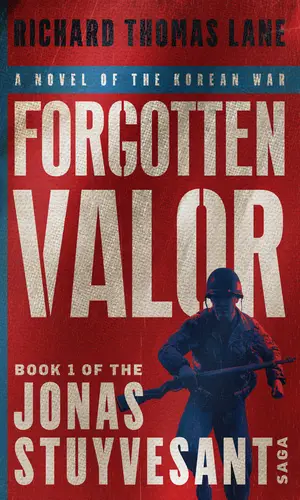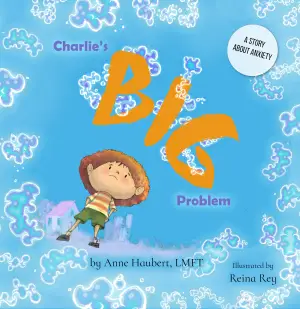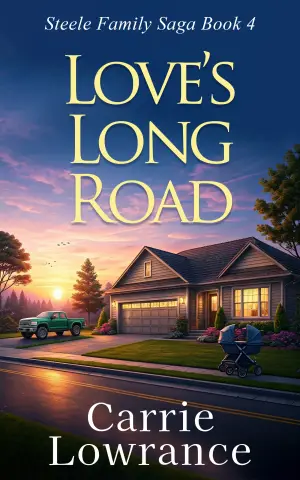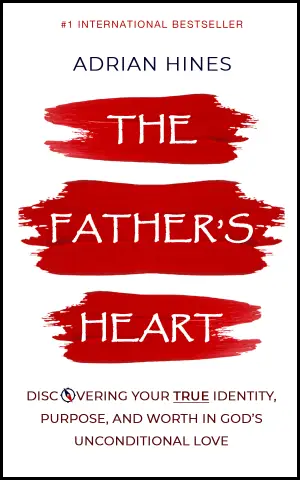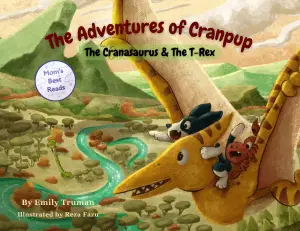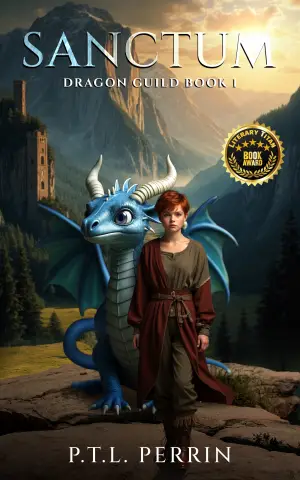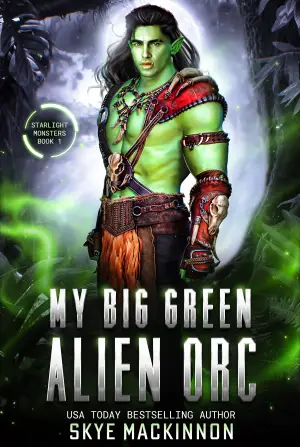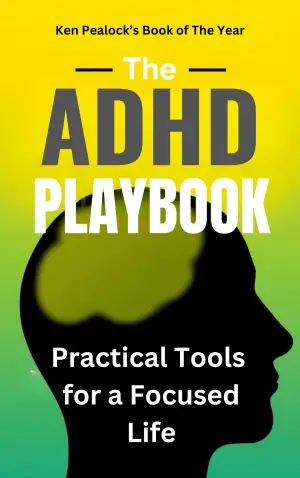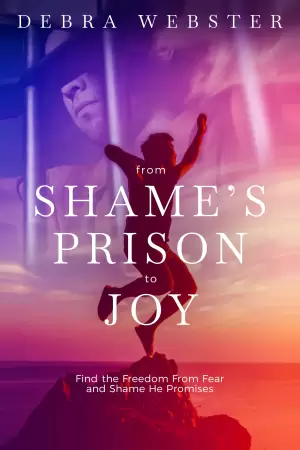The Perks of Being a Wallflower: A Review from the Other Side
When I first stumbled upon The Perks of Being a Wallflower by Stephen Chbosky, I was intrigued by the buzz surrounding it. This coming-of-age novel, framed through the bittersweet lens of adolescence, promised a deep dive into the mind of Charlie, a quiet and introspective high schooler navigating the complexities of friendship, love, and personal trauma. Yet, as I ventured through Charlie’s letters, it turned out to be an experience far less satisfying than I had anticipated.
Themes and Characters
At its core, the book grapples with significant issues: mental health, social exclusion, relationships, and the myriad challenges that come with growing up. Charlie, who bears the scars of childhood trauma, seems to be emblematic of many young adults searching for their identity amidst life’s chaos. Unfortunately, I found his character lacked depth, presenting more like a series of traits rather than a fully fleshed-out individual. His constant emotional state—crying and feeling sad—occurred far too frequently without the nuanced exploration I crave in literature. The repetition felt heavy-handed, and instead of connecting with him, I found myself feeling detached.
Writing Style and Narrative Technique
Chbosky’s writing style struck me as simplistic and, at times, jarring. The staccato narration didn’t resonate with my need for emotional richness. Instead, it often felt like Charlie was simply reporting his feelings rather than inviting readers to experience them alongside him. It seems counterintuitive that, in a narrative filled with profound topics like suicide, relationships, and abuse, the emotional undertones were treated so superficially. When weighty subjects flash by on the page without adequate exploration, it’s disheartening, almost disrespectful to those who face these challenges in real life.
I often found myself wishing for a narrative that interwove multiple perspectives, perhaps through a dialogue or contrasting viewpoints, which could have added layers to the story. Instead, Charlie’s isolated viewpoint left me craving the depth and connection that often enrich a reading experience.
A Glimpse of Meaning
While I didn’t engage with the text as many have, I acknowledge its value for others—especially those who identify with Charlie’s struggles. There’s undeniable beauty in the camaraderie and fleeting moments of joy that his friendships provide, and those segments feel like a necessary lifeline to many readers. However, I felt these remarkable moments were often overshadowed by an uneven presentation of serious issues and underdeveloped characters.
In contrast, I discovered that the film adaptation offered a better-rounded interpretation of the story. By visual storytelling through actors’ expressions and scenes, it made the connections and emotions searched for in the book come alive in ways the prose could not achieve.
Conclusion
Ultimately, The Perks of Being a Wallflower might resonate with readers who appreciate raw, unfiltered thoughts from a struggling adolescent. It’s important for some to find solace in the words that mirror their own sorrows. As for me, this book became a reminder of the power of storytelling—how it can land differently depending on the individual. While it didn’t resonate with me as deeply as I had hoped, I always welcome the chance to hear others’ perspectives and stories, even when they differ vastly from my own. If anything, this reading journey sparked thoughtful reflections on how we approach sensitive topics and the importance of presenting them with the care they deserve.
Discover more about The Perks of Being a Wallflower on GoodReads >>

